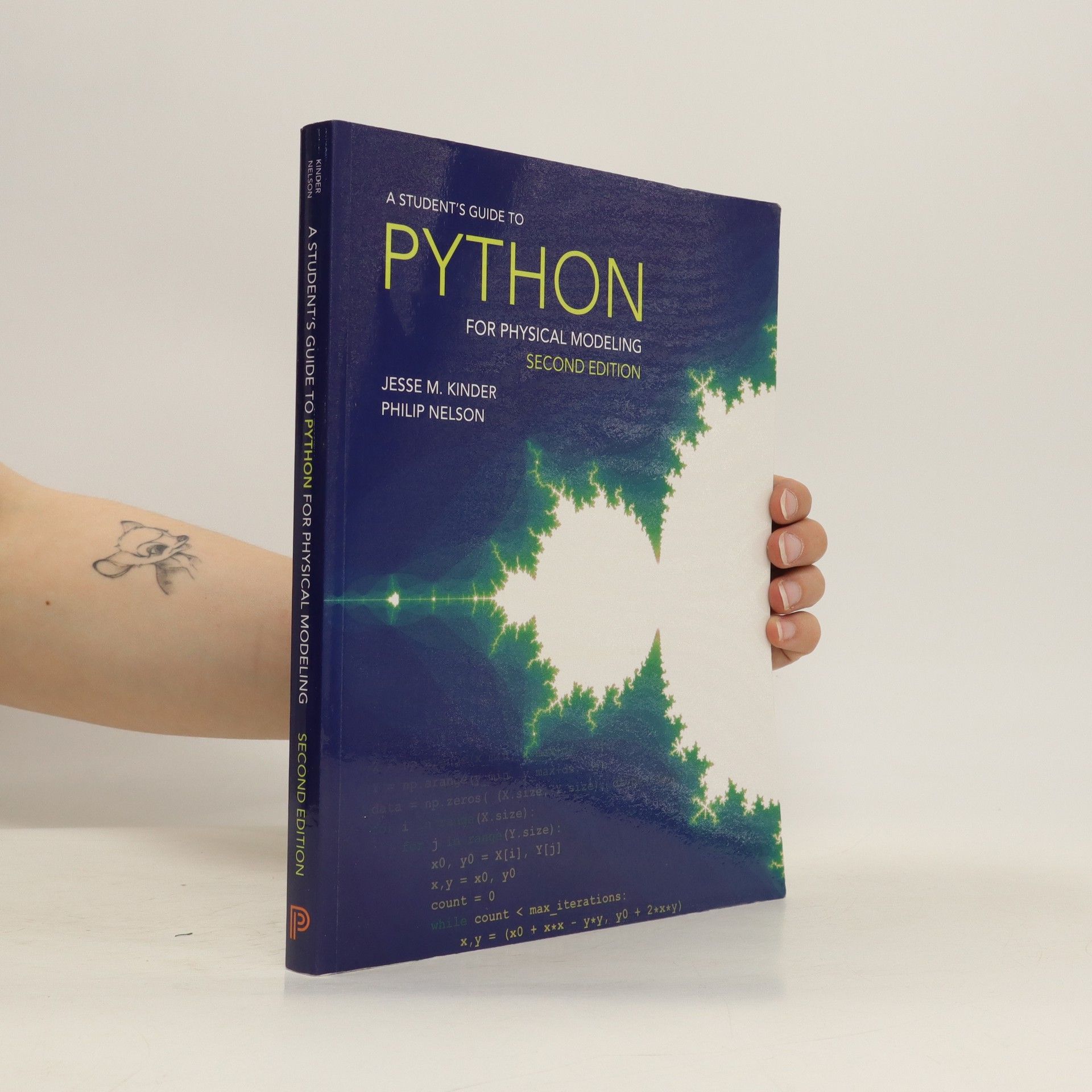Biological Physics Student Edition
- 584 stránek
- 21 hodin čtení
Part I. Mysteries, metaphors, models. Chapter 1. What the ancients knew -- Chapter 2. What's inside cells -- Part II. Diffusion, dissipation, drive. Chapter 3. The molecular dance -- Chapter 4. Random walks, friction, and diffusion -- Chapter 5. Life in the slow lane : The low Reynolds-number world -- Chapter 6. Entropy, temperature, and free energy -- Chapter 7. Entropic forces at work -- Chapter 8. Chemical forces and self-assembly -- Part III. Molecules, machines, mechanisms. Chapter 9. Cooperative transitions in macromolecules -- Chapter 10. Enzymes and molecular machines -- Chapter 11. Machines in membranes -- Chapter 12. Nerve impulses -- Epilogue -- Appendix A. Global list of symbols and units -- Appendix B. Numerical values

